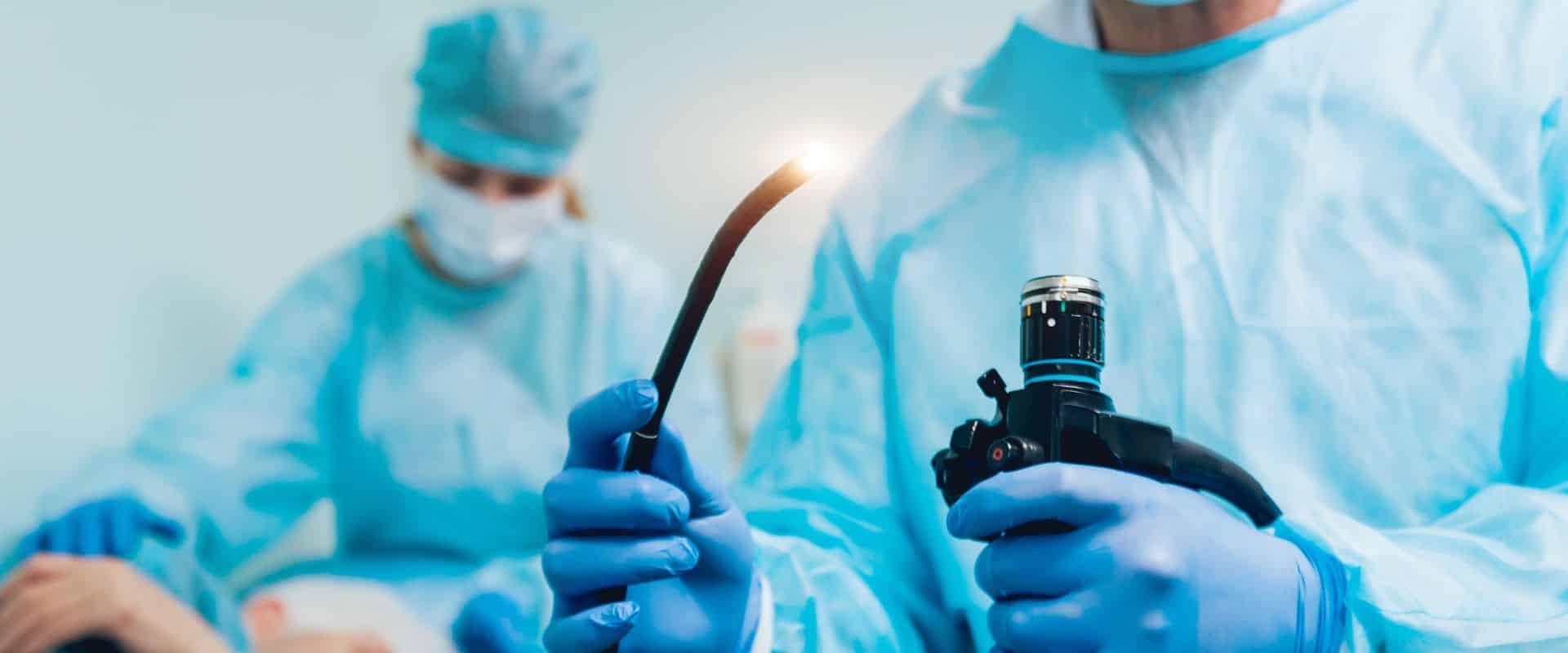If you’ve been dealing with ongoing digestive symptoms like discomfort after meals, persistent reflux, or unexplained upper abdominal pain, your doctor might suggest a GI upper endoscopy. This is a diagnostic procedure that may help assess what’s happening in your upper digestive tract.
Understanding when an upper endoscopy might be recommended can make it easier to have informed discussions with your healthcare provider and help ease concerns around what the process could involve.
What is a GI upper endoscopy?
A look inside the upper digestive tract
Involves the use of a thin, flexible tube with a camera to view the oesophagus, stomach, and upper part of the small intestine. This may reveal issues that may not appear on standard imaging tests.
Performed under mild sedation
In most cases, patients are sedated for comfort during the procedure, but they typically remain partially awake. This helps reduce discomfort while still allowing for a relatively quick recovery.
Outpatient procedure in clinical settings
In Australia, GI upper endoscopies are usually done as day procedures in hospitals or endoscopy centres. In many instances, patients return home the same day after a short observation period.
Can involve biopsy sampling
If anything unusual is noticed, small tissue samples might be taken for lab analysis. These biopsies can help in diagnosing conditions like coeliac disease, gastritis, or certain types of infection.
When might an upper endoscopy be recommended?
Persistent reflux or heartburn
If symptoms of reflux continue despite lifestyle changes or medication, a GI upper endoscopy might be considered to assess the extent of any inflammation or damage in the oesophagus.
Swallowing difficulties or discomfort
People who struggle with swallowing or feel like food is getting stuck may be referred for this test. It may help identify narrowing, strictures, or other potential structural issues.
Unexplained upper abdominal symptoms
Ongoing bloating, nausea, or pain in the upper abdomen that doesn't resolve could be investigated using this procedure, particularly if other tests have not provided answers.
Monitoring risk factors or concerning symptoms
Individuals with a family history of gastrointestinal conditions, low iron levels, or unexplained weight loss might be advised to undergo an upper endoscopy for closer monitoring.
What could you expect during the procedure?
- Fasting before the appointment: Patients are usually asked not to eat or drink for several hours beforehand. This helps clear the stomach, making it easier to view the digestive tract and reducing the risk of complications.
- Sedation and monitoring: A sedative is commonly given through an IV, and vital signs are monitored throughout. Most people describe the experience as relatively comfortable, though you may feel drowsy afterwards.
- Procedure duration and technique: The actual endoscopy tends to take around 15–30 minutes. The endoscope is gently guided down the throat, and images from the thin, flexible camera are displayed on a screen in real time.
- Recovery and aftercare: You’ll typically rest in a recovery area for a short period. Once you're fully awake, you’ll be given post-procedure instructions. Most patients can resume light activities later the same day.
How might an upper endoscopy help?
Clarifying unexplained symptoms
This procedure might help identify the cause of symptoms that have not improved with standard treatments or lifestyle adjustments, particularly when they’ve persisted for some time.
Guiding future treatment plans
If an issue is found, such as ulcers or inflammation, it may influence how your doctor manages your condition going forward, potentially reducing the need for trial-and-error approaches.
Excluding more serious conditions
An upper endoscopy may assist in ruling out certain illnesses, like cancer or precancerous changes, though a diagnosis is never guaranteed. Negative results can still offer peace of mind.
Helping track known conditions
For those with existing gastrointestinal issues, such as Barrett’s oesophagus or chronic gastritis, an endoscopy might occasionally be used to monitor changes or assess treatment response.
FAQs

Due to the sedative used, it's generally not recommended to drive after the procedure. You’ll usually need someone to accompany you and help you get home safely.
In some cases, imaging tests like ultrasounds or CT scans may be considered. However, these don’t always provide the same level of detail as an endoscopy, especially for mucosal surfaces.
Even if no clear issues are detected, this can still be valuable. It may help rule out certain conditions and give your doctor more confidence in exploring other possibilities.
Most people can return to eating soft foods within a few hours, depending on how they feel after sedation. Your doctor will usually give you specific dietary advice before you leave.
Concerned about ongoing digestive symptoms?
When discomfort keeps coming back—whether it’s reflux, bloating, or unexplained pain—it might be time to stop guessing and start investigating. An upper endoscopy could offer the clarity needed to move forward, especially if symptoms aren’t improving with standard treatments.
Delaying an endoscopic investigation might mean missing an important window to manage your condition early. If your symptoms have been lingering, it's worth discussing whether this procedure could help shed light on what’s going on.
The next step might not be far off—it starts with a conversation.
